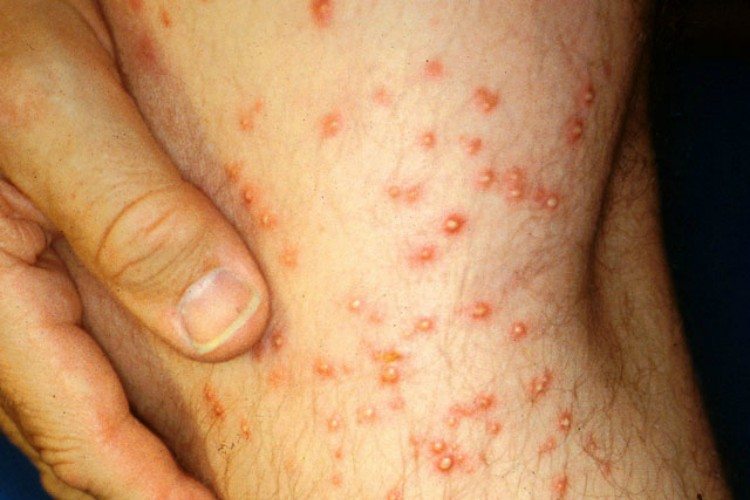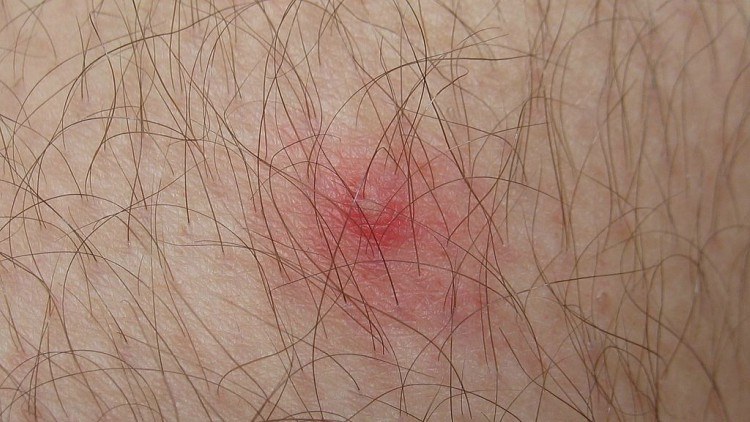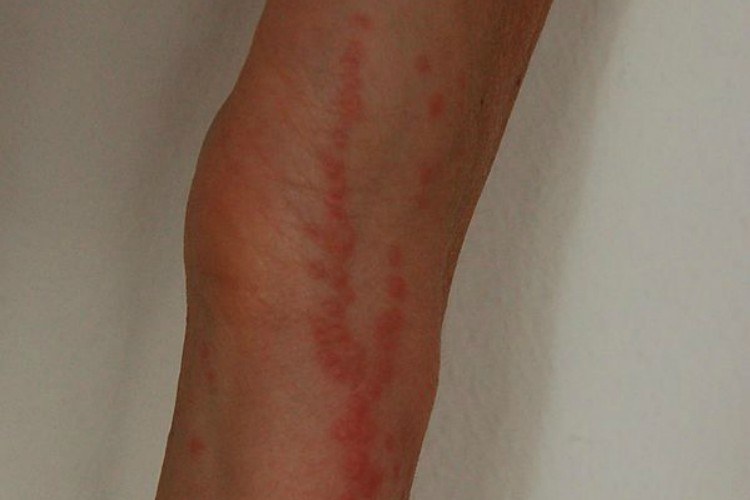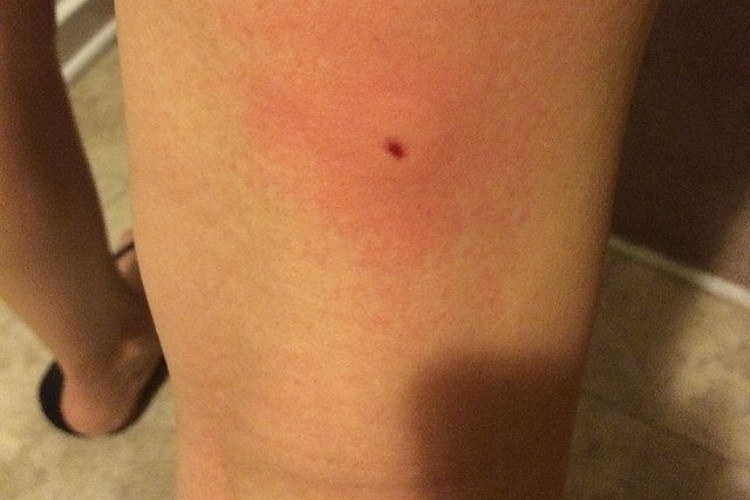Everyone gets bitten or stung by something at least once, but knowing what bit you can be tricky. It doesn’t matter if you’re indoors or outdoors, awake or asleep, those bugs are gonna get you.
While many insect encounters aren’t harmful, some are downright dangerous. There are those that spread diseases, venomous types, and those that can cause severe allergic reactions. Symptoms of a bite or sting don’t always show up immediately, and there are times you may not be aware that something got you until you flare up.
So how can you tell what zapped you and what to do about it? Consider your surroundings. Were you outdoors? In a hotel? At home with pets? Learn to identify the differences between common insect bites and stings and how best to treat them.
-
Spiders
You may see or feel two Dracula-like puncture marks that do not itch. Instead, the bite site will be painful. There may also be swelling, red or purple coloration that looks like a bruise, or a blister. Black widow and brown recluse spider bites can cause severe reactions to their venom. Brown recluse bites look like a bullseye with a scabby center. Black widow bites will cause a burning sensation at the wound site.
Seek medical attention immediately if you have any of the symptoms above, plus abdominal cramping, difficulty breathing, fainting, dizziness, muscle pain, sweating, or fever. Pain usually lasts for hours.
Mild spider bites are can be asymptomatic or cause pain for up to an hour. They can be treated with an over-the-counter pain reliever or ice packs to reduce inflammation and pain. Home remedies like baking soda paste, raw potato, or a paste made with crushed aspirin can help.
-
Fire Ants
Fire ants are pretty much yard bullies that sting. Symptoms include bumps, or small welts that appear in a cluster, and that are usually accompanied by intense burning pain. Pus-filled, itchy blisters usually develop after a few hours and then last for days. If you can help it, don’t scratch them because they will leave scars.
Clean the skin and try treating them with witch hazel, apple cider vinegar, cold compresses, or a topical steroid ointment.
-
Chiggers
Bite marks that resemble blisters, hives, or pimples. Extremely itchy and RED and may be mistaken for mosquito or flea bites, though they are bigger than flea bites. Watch out for them on the legs, creases of the body, or where clothing may tighten. You’ll more than likely run into chiggers outdoors.
Apple cider vinegar helps as well as ice, aloe, oatmeal baths, and baking soda paste.
-
Fleas
Bites: tiny, red, round marks that are surrounded with a small ring shape. They’re usually raised and bumpy, and incredibly itchy. Flea bites can look like one or two random dots or like a small rash, and will produce scabs. Fleas like dining on ankles and legs.
After you clean the area with soap and water, apply tea tree oil, black tea bags, witch hazel, or apple cider vinegar. Establish a flea eviction and prevention protocol by cleaning your pets, bedding, and floors. Borax helps with that!
-
Ticks
Most of us know to look out for a telltale tick’s bullseye rash, but tick bites can also just look like red bumps. A person will typically get bitten around the spring or summer. Check to see if the tick is still attached and remove it with rubbing alcohol and tweezers. Clean the wound and cover it with a layer of petroleum jelly to prevent infection.
Bites often appear near the groin, waist, or behind the knee. A red rash can develop that either looks like a bullseye or a large bruise. Usually there’s no pain, but they grow over time. Look out for a rash that comes anywhere from 3 – 30 days after being bitten.
Some people may or may not have the rash, but have flu-like symptoms: fever, chills, fatigue. See a doctor immediately!
-
Bed Bugs
Bites from bed bugs can look very similar to flea bites. Signs of the bloodsuckers include blood marks or feces on the sheets, or bite marks that show up in a line formation or zigzag pattern. Bites are usually found on parts of the body that are exposed while sleeping – arms, neck, face, hands, etc.
They can be raised or flat red marks that itch, but can show up a day or so after being bitten. You will have to tackle an infestation directly, but bites can be treated with home remedies.
Use cold compresses, ice packs, tea tree or lavender oils, or baking soda paste to relieve itching. See a doctor if you have an allergic reaction to the bites.
-
Mosquitoes
Mosquitoes are summertime/warm weather buffs whose bites tend to start out wide and swollen immediately after contact, and then turn into itchy bumps afterwards. Bites tend to be spread out or located on a random part of the body.
A person who is allergic may also experience blistering that looks like bubbles or a wide itchy area. You can treat bites with tea bags, apple cider vinegar, witch hazel, oatmeal baths, or tea tree oil.
-
Stinging Insects
Hornets, bees, and wasps – ouch – have different stinging behaviors but you will definitely know you’ve been stung. General symptoms include swelling, redness, intense pain, itching, or burning, and/or a stinger. Remove the stinger with the edge of a credit card and clean the area.
Home remedies include ice, raw honey, mud, activated charcoal, or apple cider vinegar applied immediately after the stinging. If you already know you are allergic, seek immediate medical attention! Symptoms of an allergy (anaphylactic shock) include heart palpitations, throat or chest constriction, weakness, cramping, or stomach pain.
With any of these insect bites, clean and sanitize the area before using any treatment to reduce the chance of infection. Most stings and bites won’t require a trip to the hospital or doctor, but be on the lookout for severe symptoms or allergic reactions. Brown recluse and black widow spider bites always require professional medical attention.
What remedies do you use to treat bug attacks? Have you ever experienced a severe reaction or diagnosis from an insect encounter?
Sources:












